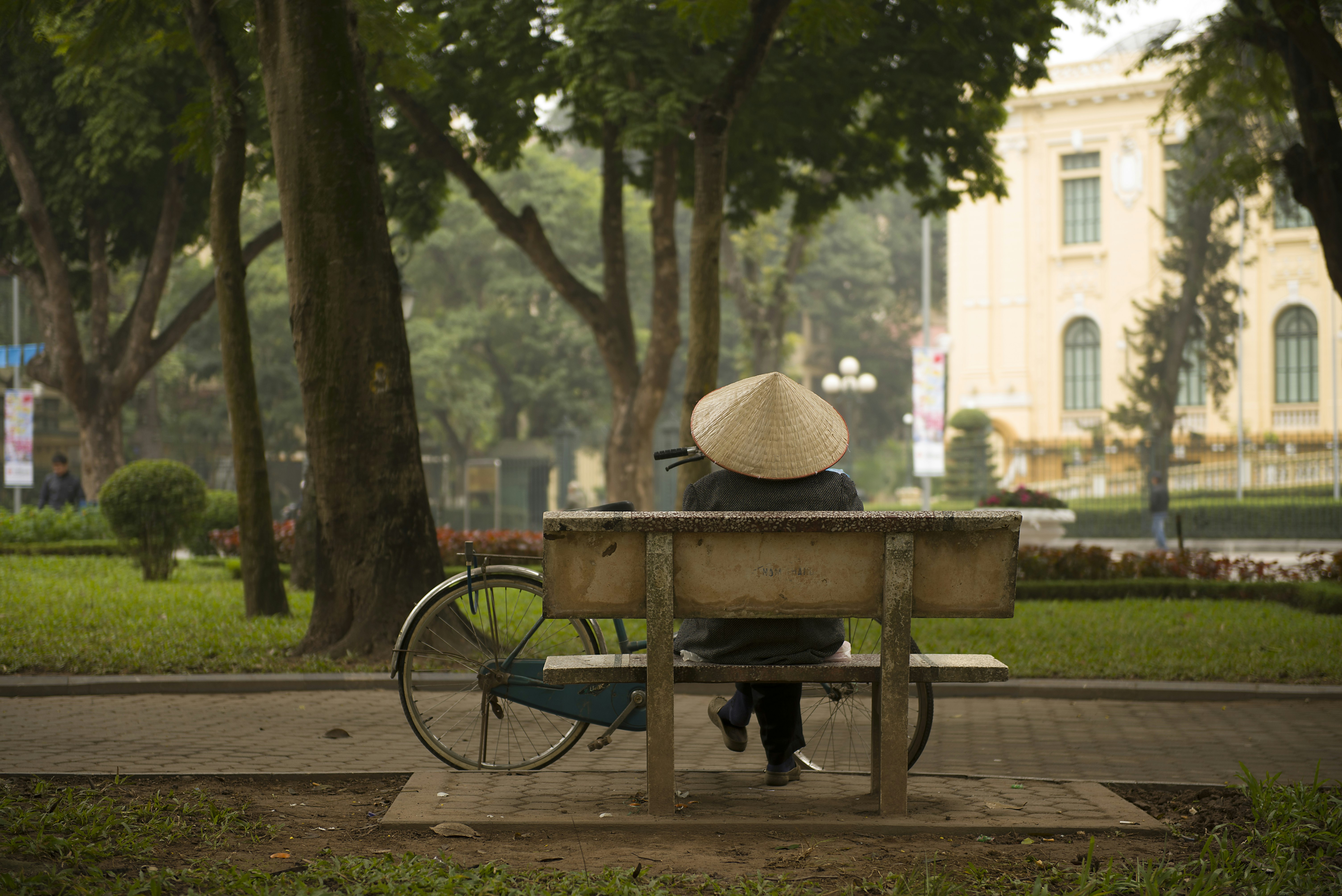 Kids need places to play, and those playgrounds need to encourage community, exploration, and more. Designing a good playground can be harder than it sounds, it’s not as easy as putting a slide in a park and hoping that’s enough. A good playground has risk and challenges the players.
Kids need places to play, and those playgrounds need to encourage community, exploration, and more. Designing a good playground can be harder than it sounds, it’s not as easy as putting a slide in a park and hoping that’s enough. A good playground has risk and challenges the players.
In New York City there is a new spot for kids called play:groundNYC that is unlike other modern parks. This park has tools so kids can try to build things and the grounds are designed to encourage kids to try and experiment with the tools and obstacles present on the site. It’s like an adventure park!
The adventure or “wild†playground movement has risen in response to this overprotectiveness. Its advocates argue that less adult supervision may be more developmentally rewarding for children. There are hundreds of adventure playgrounds in the world, most of them in Western Europe. (The concept was invented in Denmark in the 1930s.) There are about a half-dozen in the United States, with twice as many in the pipeline; numbers are imprecise because the definition of what exactly qualifies as an adventure playground varies. One that undoubtedly does qualify is Adventure Playground in Berkeley, California, a 37-year-old local landmark.


